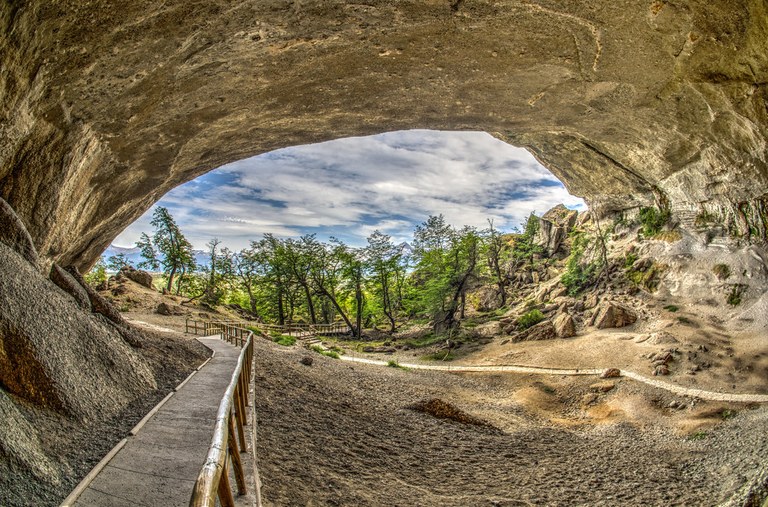Evolution of the Mylodontidae and Arborealism in Sloths
Nuclear and mitochondrial data from Darwin's extinct ground sloth shows close relation to two-fingered sloths and supports multiple origins for arboreality.
May 25, 2018
Named by Richard Owen in honour of Charles Darwin who discovered the first discovered the species' remains during his famous voyages on the Beagle, the evolutionary mystery of Darwin's extinct ground sloth has now been resolved. Researchers at the McMaster Ancient DNA Centre and their collaborators have successfully extracted ancient DNA from a 12,800-year-old Mylodon darwinii bone fragment from Mylodon Cave in Chile. The exceptional preservation of the sample allowed the researchers to obtain a high quality mitochondrial genome and partial nuclear information. These results firmly cement Mylodon darwinii as a member of the distinct lineage (Mylodontidae) closely related to two-findered sloths and suggests that both extant sloth families evolved to living in trees independently from ground-living ancestors.
Resolving the phylogenetic position of Darwin's extinct ground sloth (Mylodon darwinii) using mitogenomic and nuclear exon data
Authors: Frédéric Delsuc, Melanie Kuch, Gillian C. Gibb, Jonathan Hughes, Paul Szpak, John Southon, Jacob Enk, Ana T. Duggan, Hendrik N. Poinar
Proceedings of the Royal Society B: Biological Sciences, Vol. 285, Issue 1878. May 2018. DOI: https://doi.org/
Abstract
Surrounding Press Stories
- Researchers uncover genomic info linking extinct giant ground sloth to modern species - Phys.org
- Slow Movement, Slow Evolution: How Sloths Became Tree-Dwellers Over 22 Million Years - Genomics Research
- Up in the Trees - genomeweb
- New genomic evidence links extinct giant ground sloth to small modern-day sloths - McMaster Brighter World

Mylodon cave (Puerto Natales, Chile). Photo by Walter Ferry Dissmann.